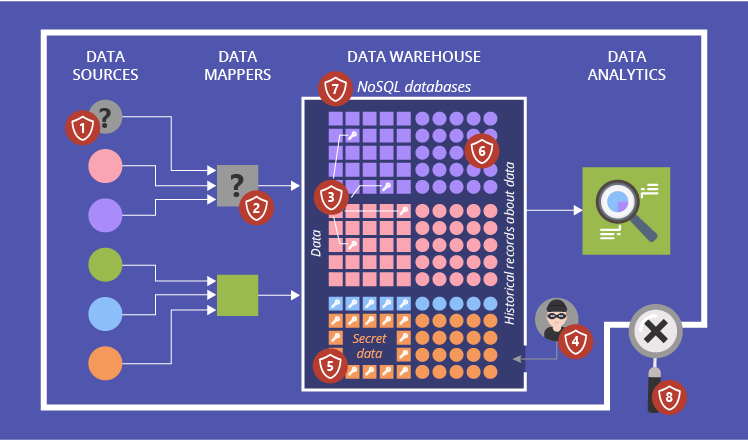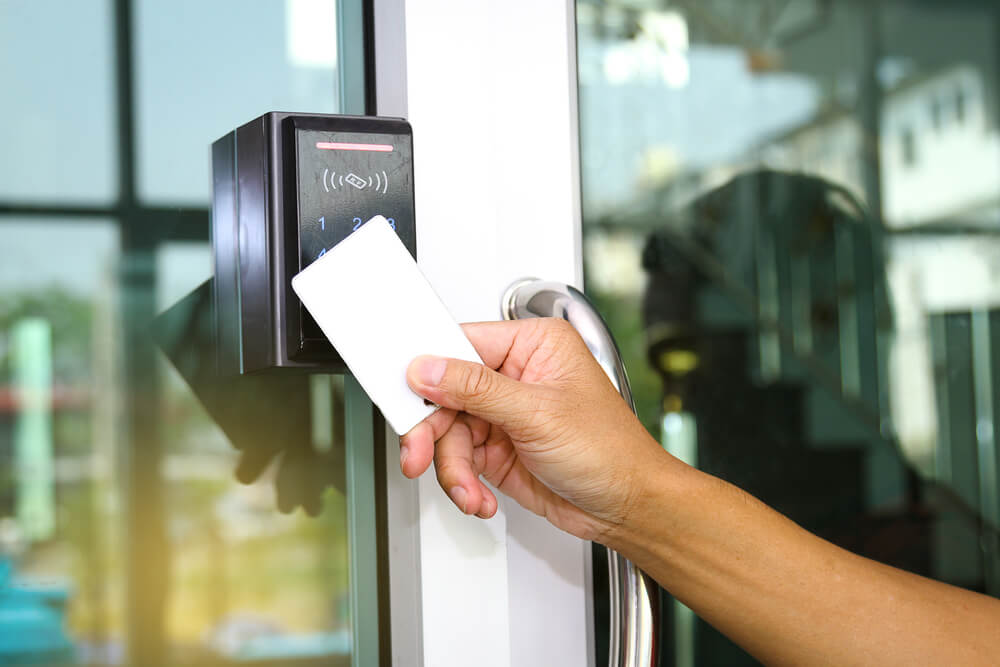


The limited token is used when User Account Control is enabled, the application does not require administrative privilege, and the user does not choose to start the program using Run as administrator. It's a limited token with administrative privileges removed and administrative groups disabled.



 0 kommentar(er)
0 kommentar(er)
